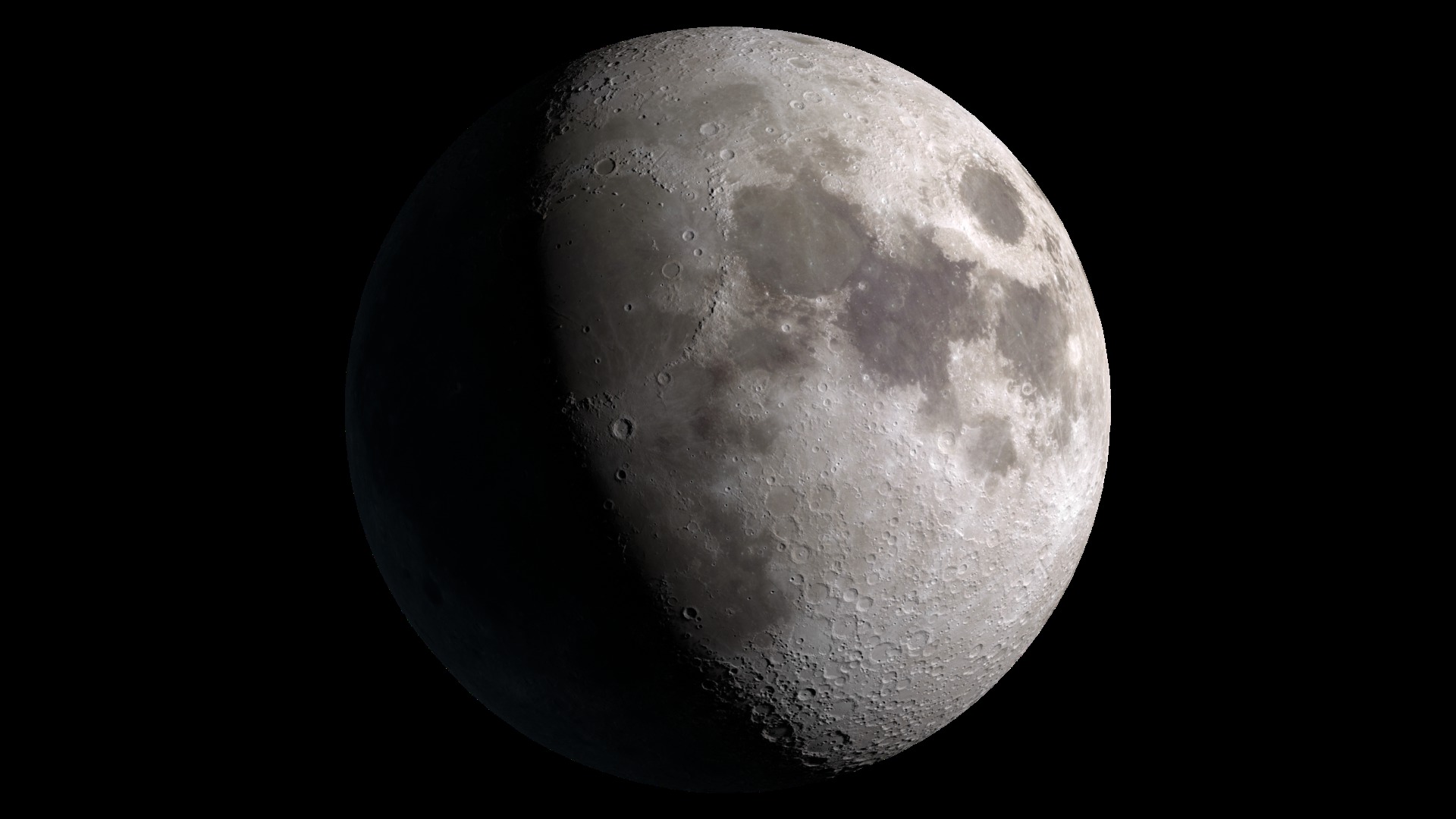Moon Wobble
From Earth we only see one face of the moon. But it's not always the exact same face. The moon rotates once on its own axis during each 27-day journey around the Earth. But as the moon makes its elliptical orbit, its velocity varies and alters that synchronicity, causing our perspective of the "light side" to appear at slightly different angles throughout any given month. In short, the moon wobbles. At least, it does to our eyes. A casual glance skyward won't reveal this, but when a full month of lunar views gets compressed into 12 seconds, as in the visualization below, it's impossible to miss. This rocking like a ship at sea is called libration, from the Latin for balance scale. Instead of just one side, we actually see about 59 percent of the lunar surface over the course of an orbit. The sped up view also reveals how the apparent size of the moon changes in the sky depending on where it is in its elliptical orbit. Its farthest point, the apogee, and nearest point, perigee, differ by more than 10 percent. Watch in the visualization below just how much the moon's face, from a Northern Hemisphere perspective, has wobbled throughout this year.

A modeled visualization of the moon's phases and libration reveals its changing appearance over 2011 so far.
This visualization was created using NASA's LRO lunar imagery and computer-modeled shadows.

The moon in waxing gibbous phase, more than half-lit on its way to full. Gibbous comes from the Latin for hunchback.

A full moon rises around sunset, reaches its highest point in the sky around midnight and remains visible all night.

Rising after sunset and visible in the southwest sky after dawn: the waning gibbous moon.

On its way to being a new moon, the waning crescent can be spotted in the east before sunrise.

The moon is in its waning phase as it orbits toward a new moon.

Coming out of a new moon, the moon waxes toward full.
Credits
Please give credit for this item to:
NASA's Goddard Space Flight Center
-
Animators
- Ernie Wright (USRA)
- Marte Newcombe (Global Science and Technology, Inc.)
-
Producer
- Chris Smith (HTSI)
-
Scientist
- Richard Vondrak (NASA/GSFC)
-
Project support
- Joycelyn Thomson Jones (NASA/GSFC)
-
Writer
- Patrick Lynch (Wyle Information Systems)
Release date
This page was originally published on Thursday, October 20, 2011.
This page was last updated on Wednesday, May 3, 2023 at 1:53 PM EDT.
